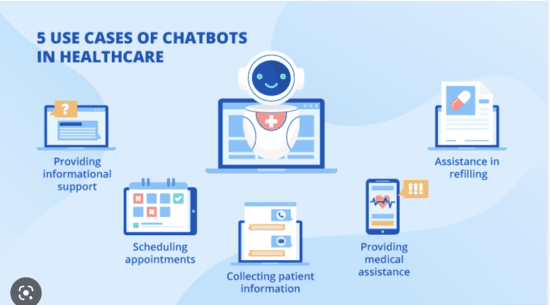The intelligent automation of healthcare won’t be easy, but once we achieve it, it will be extremely rewarding. In fact, given how much there is to do in healthcare and the limited supply of people, it’s essential for us to tap into AI and bots to make it happen. Intelligent bots can help to answer patients’ questions, check in with patients and collect information, provide basic cognitive behavioral therapy and manage chronic diseases.
They’re already being used by companies like Babylon, Ada, Buoy and K Health to help patients. Bots have been shown to improve patient management workflows by collecting and processing data, formulating plans of action and passing them on to providers. That does a lot of the work for the provider and tapping into these technologies is the only way to do this type of care at scale. The proposed benefits include identifying and prioritizing urgent cases, enhancing patient engagement, alleviating pressure on call centers and increasing the accuracy of care navigation. Diagnostic bots can also help us to reduce the burden on physicians through the use of automated intake summaries, case prioritization and better matching between patients and providers.
Triage chatbots are much better than leaving patients to Google their symptoms. With a typical chatbot, a patient can enter their details and answer a number of questions based on their symptoms. After the chat is over, the bot can provide some information about the user’s condition and make suggestions about what should come next. This may mean funneling patients into video chats or encouraging them to book an appointment, or it may just mean telling people where they can turn for help if their situation isn’t serious and can be treated by over-the-counter medication. The route that any given patient takes is less important than ensuring that they find the resources they need or are sent to the best place to receive care. This technology is becoming a key component of patient engagement and “digital front door” solutions and is helping to relieve the burdens that we’re placing on doctors and medical teams.
While most of the bots currently being used for “digital front door” are not AI-based, the fact that they are gaining traction, engaging patients, and collecting data that can be used for training AI models, is very promising. This means that these bots will eventually be much more dynamic to patient issues once they are trained using AI and not just statically programmed.






